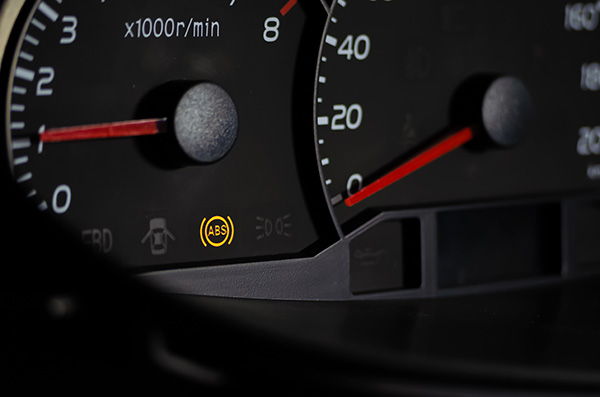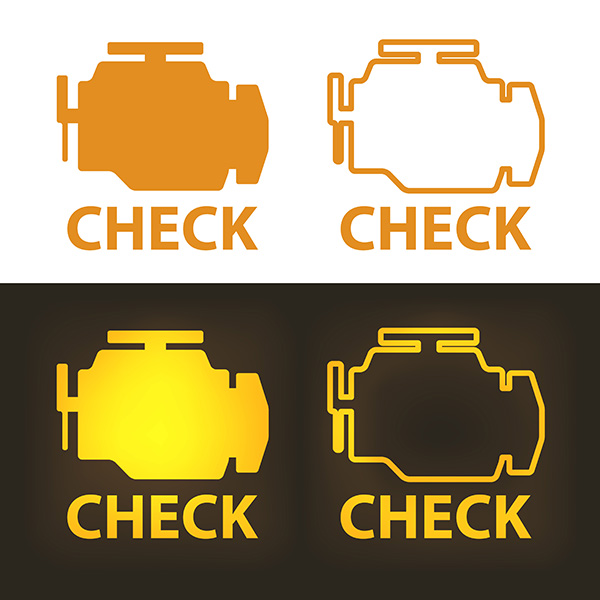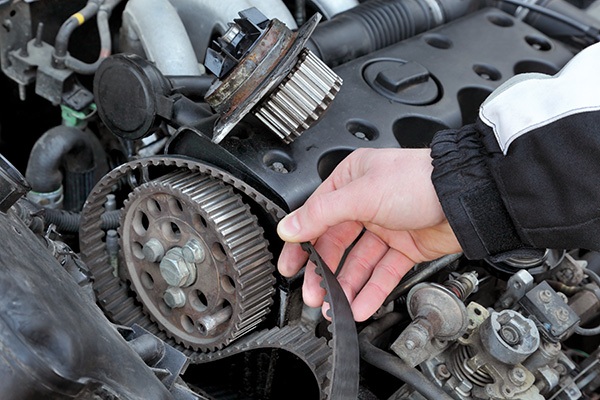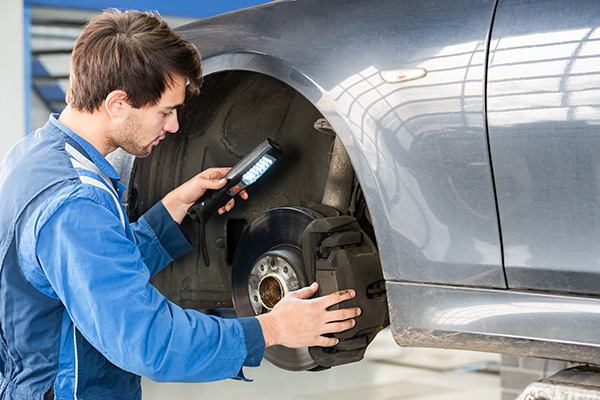Posted on 11/28/2025

Holiday shopping crowds turn easy parking into tight maneuvering. With more carts, hurried drivers, and narrow spaces, minor body damage becomes common. A few small habits reduce your risk a lot. Here are seven practical tips you can use right away to keep your paint looking good through the season. 1. Choose Your Space With Strategy, Not Convenience A short walk beats a long repair. Look for end-cap spots and pull-through spaces that let you face outward. Parking a few rows further out lowers the chance of someone squeezing in too close. Avoid cars that are crooked or over the line, oversized trucks that block your view, and cart corrals where loose carts collect. If you drive a longer vehicle, pick a space with a clear forward exit so you are not backing into cross-traffic. 2. Park Precisely and Leave Clearance Center the car between the lines and straighten the wheel. If you are off by even a foot, your door and the neighbor’s door are no ... read more
Posted on 10/31/2025

Your dashboard is full of symbols designed to alert you to potential issues, and one of the most important is the ABS warning light. If you’ve ever noticed it glowing in amber while driving or during startup, it’s worth paying attention. ABS, or Anti-lock Braking System, plays a major role in your car’s safety, especially in slippery or emergency braking situations. When that light turns on and stays on, it means something in the system isn’t functioning as it should. Here’s what that light means, why it comes on, and what steps you should take next. What Is the ABS The ABS system helps prevent your wheels from locking up when braking hard or on slick surfaces. Without it, you could skid uncontrollably during sudden stops. ABS uses sensors and electronic control modules to monitor wheel speed and adjust brake pressure in real time, giving you better control of your vehicle while reducing stopping distance in many scenarios. While the s ... read more
Posted on 9/26/2025

Many drivers have pushed an oil change past its due date once or twice. Life gets busy, and sometimes routine maintenance slips through the cracks. But if your check engine light suddenly appears, you might be wondering if there’s a connection. Delaying oil changes can absolutely trigger the check engine light. What starts as a minor oversight can lead to serious consequences for your engine if ignored for too long. How Engine Oil Protects Your Vehicle Engine oil has one of the most important jobs under the hood. It lubricates the engine’s moving parts, reduces friction, absorbs heat, and traps dirt and debris. Clean, fresh oil keeps everything running smoothly and prevents parts from grinding together. Over time, oil breaks down and collects contaminants. It becomes thick, dirty, and less effective at protecting your engine. When that happens, internal wear increases ... read more
Posted on 8/29/2025

The timing belt may not be something you see or think about often, but it plays a critical role in your engine’s operation. It synchronizes the movement of the crankshaft and camshaft so that your engine’s valves open and close at the right time. If the timing belt fails, the consequences can be catastrophic, often resulting in significant engine damage. Understanding the warning signs of a worn timing belt and replacing it on schedule can save you from an expensive repair bill and keep your vehicle running reliably. Why the Timing Belt Is Needed Your engine is a finely tuned system. The timing belt keeps the top and bottom halves of the engine moving in perfect harmony. In many engines, known as “interference engines,” a broken timing belt allows the pistons to collide with the valves. This can bend valves, damage pistons, and even crack the cylinder head. Because of the damage a broken timing belt can cause, replacement is considered preve ... read more
Posted on 7/25/2025

Your brakes are one of the most critical safety systems in your vehicle. While most drivers know to watch for major warning signs like grinding noises or a soft brake pedal, some brake problems are easier to miss but just as important to address. Ignoring small brake issues can lead to more expensive repairs and, more importantly, compromise your safety. Here are five common brake problems that many drivers often overlook. 1. Brake Pedal Vibration If you feel a vibration or pulsation in the brake pedal when stopping, it often indicates warped brake rotors. Rotors can become uneven from excessive heat, aggressive braking, or worn-out pads. Many drivers dismiss this as a minor annoyance, but it indicates that your braking system isn’t working as smoothly or effec ... read more